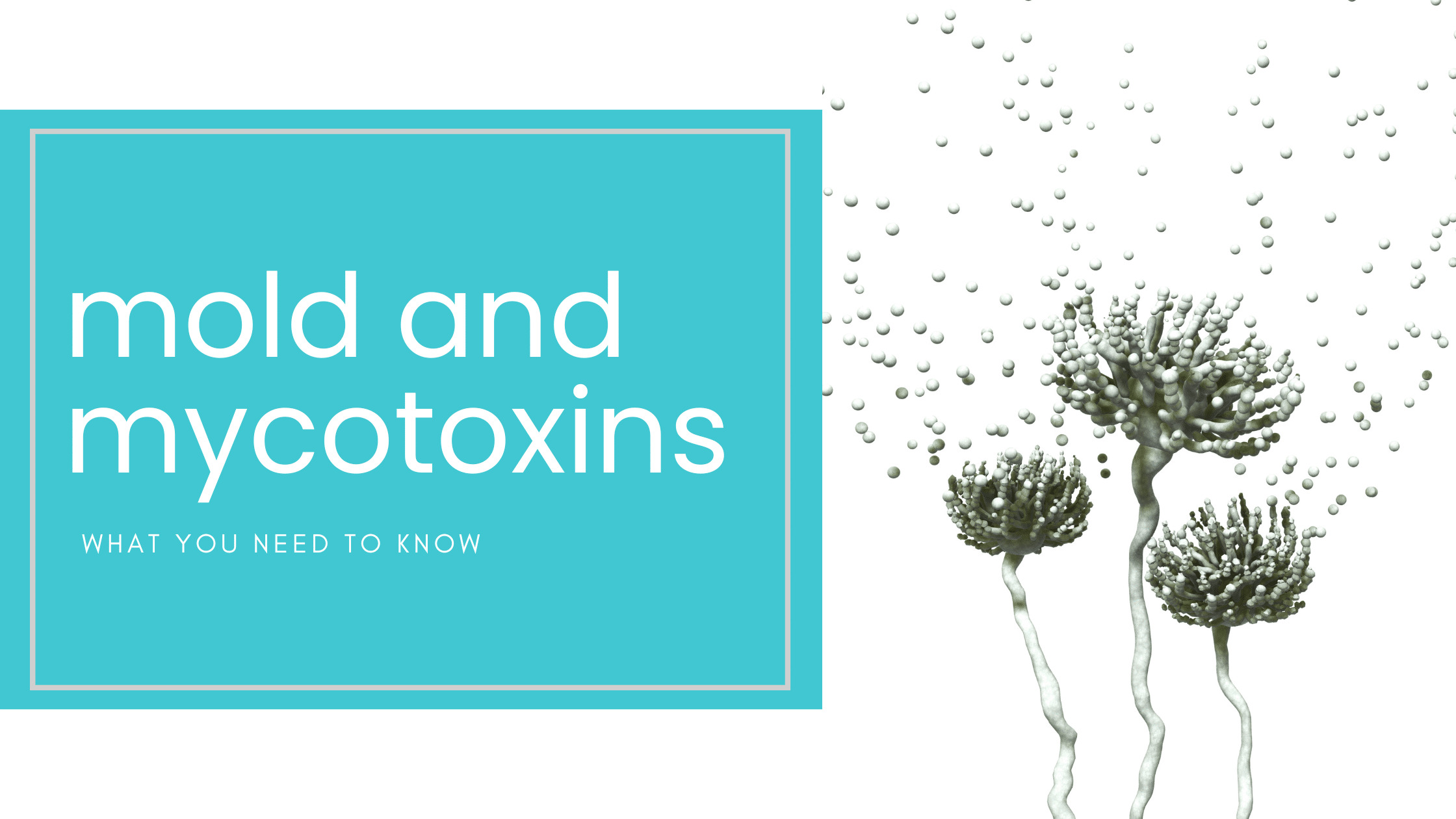
Your gut microbiome — which includes all the beneficial bacteria, yeast and viruses that normally live in your digestive tract — keeps your immune system healthy and your intestinal lining strong. But if you develop a condition called dysbiosis — which can be too many “bad” microbes (bacteria, yeast, or parasites), or not enough good ones — you have an increased risk of damage to your intestinal lining and increased intestinal permeability (a.k.a. Leaky Gut). This is a problem because when the barrier function is lost, all types of good and bad bacteria, pathogens and undigested food can cross over from the gut and gain access to your body and your immune system, thus triggering a five alarm fire which we feel as inflammation. This is one way that people develop food sensitivities.
Remember, your gut (which includes your stomach, and your small and large intestines) is your first line of defense, and every day new research shows us that your gut microbiome communicates with every system and organ in your body — your cardiovascular, endocrine, respiratory, nervous, urinary and reproductive systems. Your gut is connected to your brain and mood. It’s even connected to your skin, hair and nails.
I hope by now you can see why all of us at Blum Center for Health, and in the world of Functional Medicine, believe that The Number One thing you can do right now for your health….is….take care of your gut microbiome!
Here are 9 Telltale Signs Your Gut Needs Attention
- You have gotten sick multiple times this winter
- Have heartburn, reflux, IBS, diarrhea or constipation
- Have fatigue or brain fog
- Are feeling puffy or inflamed
- Have inflammatory conditions like arthritis, autoimmune, heart disease, obesity or diabetes
- Have food sensitivities or reactions to food
- Have mood issues, such as depression and anxiety
- Have difficulty losing weight
Let’s talk about the many different types of gut issues. If you have gas or bloating after you eat, or if you experience constipation and/or loose stools, or any type of intestinal discomfort, this means that you have a problem with how your gut is functioning. If you go to a conventional doctor they will commonly diagnose you with irritable bowel syndrome, or IBS. But, this diagnosis doesn’t tell you why you’re having this problem, and they’ll likely prescribe medication to control the symptoms, which by the way only makes the imbalance worse in the long run.
Here are three tips to heal your gut, which will not only treat your symptoms, but address the underlying problem. And keep your immune system happy, too.
- For your digestive symptoms, find out whether or not you’ve got food sensitivities, which could be causing the problem. The food you eat is the number one influencer on your gut bacteria, too. One way to figure it out is to follow a functional medicine elimination food plan. Simply remove gluten, dairy, soy, corn and eggs for 3 weeks and then add them back one food at a time every 3 days. Sometimes you don’t know if you feel better when the food is removed, but be very careful when reintroducing each food, usually that’s when you really find out.
- Help balance your gut microbiome with supplements: 1) We use herbal antimicrobials to help remove or “prune” the undesirables living in your gut 2) l-glutamine to help shore up the lining of your small and large intestines and treat leaky gut and 3) probiotics (good gut bacteria as a supplement) to help influence the gut ecosystem and immune system. Depending on the severity of your gut symptoms, you may also need digestive enzymes.
- Reduce stress by learning resiliency techniques. Stress is the 2nd biggest influencer on the microbiome – in a bad way. It can affect the bacteria directly, impair motility and cortisol itself can directly damage the intestinal lining. We suggest learning strategies for relaxation that work for you, as this will help heal and protect you from developing dysbiosis and leaky gut.
We have multiple ways to support the health of your gut at Blum Center.
- Book a consultation with Melissa Rapoport, our Functional Medicine Health Coach, who can help get to the root of your stomach issues with testing and a lifestyle plan.
- Our 10-Day and 30-Day HealMyGut boxes are a great way to clear out the bad gut bugs
- Stress plays a big role in the functioning of your gut. Join one of our online meditation classes and learn how to regulate your stress response.



















